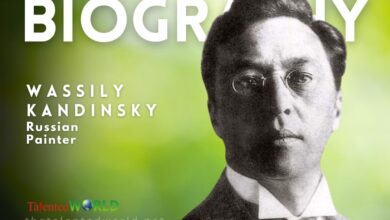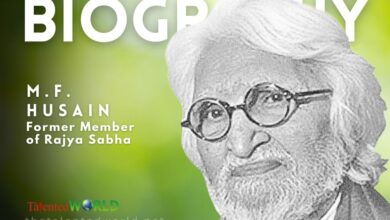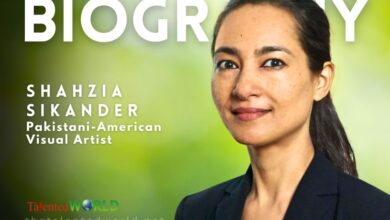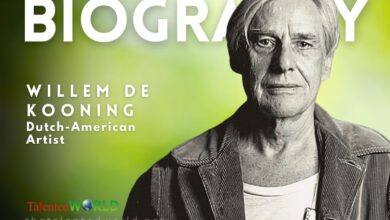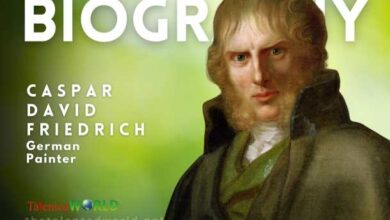Quick Facts
| Fact | Detail |
|---|---|
| Full Name | Pablo Diego José Francisco de Paula Juan Nepomuceno María de los Remedios Cipriano de la Santísima Trinidad Ruiz y Picasso |
| Born | 25 October 1881 |
| Place of Birth | Málaga, Spain |
| Died | 8 April 1973 (aged 91) |
| Place of Death | Mougins, France |
| Resting Place | Château of Vauvenargues |
| Education | Real Academia de Bellas Artes de San Fernando |
| Years Active | 1897–1973 |
| Known for | Painting, drawing, sculpture, printmaking, ceramics, stage design, writing |
| Notable Works | – La Vie (1903) – Family of Saltimbanques (1905) – Les Demoiselles d’Avignon (1907) – Portrait of Daniel-Henry Kahnweiler (1910) – Three Musicians (1921) – Guernica (1937) |
| Art Movements | Cubism, Surrealism |
| Spouses | – Olga Khokhlova (m. 1918; died 1955) – Jacqueline Roque (m. 1961) |
| Partners | – Fernande Olivier (1905–1912) – Eva Gouel (1912–1915) – Gabrielle Depeyre (1915–1916) – Irène Lagut (1916–1917) – Marie-Thérèse Walter (1927–1935) – Dora Maar (1935–1943) |
| Children | Paulo Picasso, Maya Widmaier-Picasso, Claude Picasso, Paloma Picasso |
| Family | – José Ruiz y Blasco (father) – Marina Picasso (granddaughter) – Bernard Ruiz-Picasso (grandson) |
| Awards | Lenin Peace Prize |
| Patrons | Eugenia Errázuriz, Sergei Shchukin, Gertrude Stein |
| Influences | Co-founder of the Cubist movement, the invention of constructed sculpture, co-invention of collage, development of various styles |
| Artistic Periods | – Blue Period (1901–1904) – Rose Period (1904–1906) – African-influenced Period (1907–1909) – Analytic Cubism (1909–1912) – Synthetic Cubism (1912–1919) |
| Legacy | One of the most influential artists of the 20th century, known for his revolutionary artistic accomplishments and universal renown |

